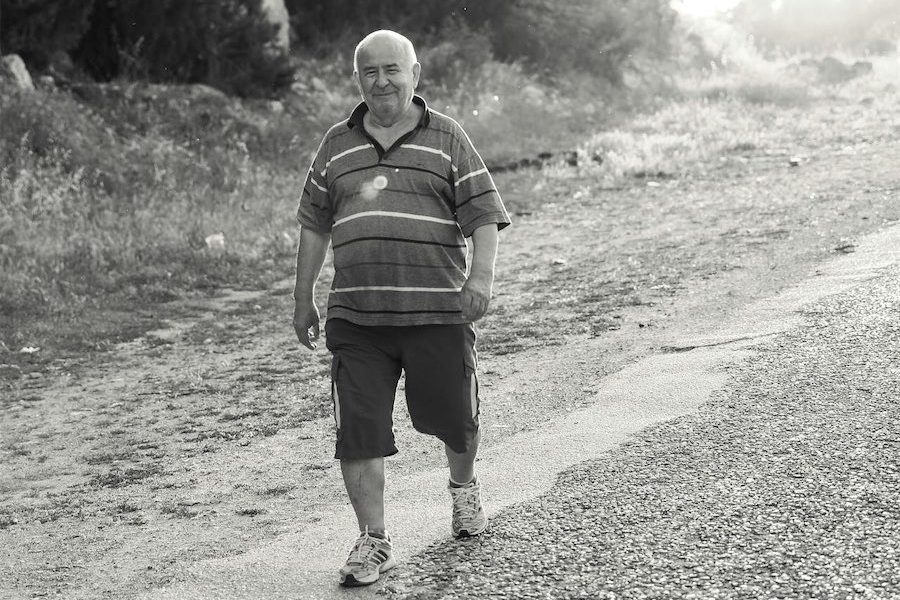“All I can say is that it would be a sad day when a boy of 16, because of what he sees on television, would ever descend to the crime of shooting one of his loved ones,” said the judge, in 1965. It’s another “Yesterdays” column from NICHOLE OVERALL.
IT was apparently an awful, tragic accident, one blamed in part on the much-debated negative impact of violence on television.

A 16-year-old boy facing the Sydney Central Criminal Court on May 21, 1965, pleaded not guilty to a charge of having murdered his older sister a month-and-a-half before in their Queanbeyan home.
The popular 22-year-old model and ANU arts student had spent the early April evening knitting in front of the TV when a bullet fired through the front window of the house hit her in the right temple.
Her mother, a former school teacher, returned home after a committee meeting at around 10.20pm to be met on the doorstep by her agitated son, wearing his pyjamas and a dressing gown, telling her: “Come quick. Ellie has been shot”.
She’d find her daughter lying on her bed “with blood on her jumper and face” and complaining of a headache.
Taken by ambulance to the Canberra Hospital, the young woman described to me 56 years later by one of those who knew her as “very clever and a natural beauty with long, blonde hair and literally rosy cheeks”, died the following morning.
The funeral service at St Stephen’s Presbyterian Church close by the Queanbeyan Town Park was unable to cater to what was reported as “hundreds” of mourners. The procession to carry Ellie to her final place of rest in Canberra stretched “about a mile and a half long”.
Ellie’s brother would openly recount to police that he’d been in his bedroom but at around 10pm he went into his father’s office and took one of two guns from a cupboard. On loading the weapon with a single bullet, he wandered around outside for a while. Shortly after, he pointed the .22 at the window and pulled the trigger.
He next returned the rifle to the office, “ejected the bolt” and left it on a couch. Watching as his sister went to the kitchen to find a towel to wrap around her bleeding head, he then rang the ambulance.
He couldn’t explain the reasons behind any of his actions and told his mother: “I don’t know why, I don’t know why. I don’t understand. I am sorry”.
Despite his parents’ pleas, he was denied bail due to “these special circumstances”, instead remanded in custody.
That the community was in shock is self-evident. And for those who were around as it was unfolding, they remain bewildered by the circumstances.
“She was very much admired, involved in local fundraising pageants and the like,” says a former peer. “She could have been the equivalent of George Lazenby [the only Australian to play James Bond and also a Queanbeyan local] and had an international career”.
The handsome family were the epitome of the migrant stories of the time. Emigrating from Holland in 1951, the patriarch was formerly a radio engineer turned successful businessman, operating an electrical contracting firm with up to 16 employees.
Tall and dark-haired, while his family were still in a migrant camp, he commenced building what earned attention as an “Exhibition Home” due to the “electrical design and installation” by its owner. A single-level cottage that would be expanded to become a sizeable dwelling, it was on a corner, quarter-acre block in a good location not far from the main town centre.
Mum, an older version of her willowy, blonde daughter, was quickly very active in her new hometown, soon to become president of the Queanbeyan Good Neighbour Council. This organisation welcomed and supported the many overseas arrivals settling in the region, a good percentage of them attracted by the work on offer for the construction of the Snowy Mountains Hydro Scheme. She’d been attending a council meeting in Canberra on that fateful night.
The reports are relatively scant but the final outcome appeared on the front page of “The Canberra Times” on July 6, 1965.
The boy received a good behaviour bond of 500 pounds, around $14,000 in 2021 terms, and was required to undergo psychiatric treatment. While the chief justice stated he was “at a loss for an explanation or a reason for the crime”, it was noted that the 16-year-old had suffered developmental difficulties from the time of his birth.
So was it presented by the court psychiatrist that he “may have thought himself to be the hero of a TV show”. The boy was alleged to have said: “This is just like what has happened on television, with all the police running around”.
The psychiatrist was of the view “that he may have shot his sister because he watched too many TV shows”.
Of this sorrowful and distressing tale, the judge in his summation would declare: “All I can say is that it would be a sad day when a boy of 16, because of what he sees on television, would ever descend to the crime of shooting one of his loved ones”.
In memory of Ellie and her family.
More at capitalcrimefiles.com.au
Who can be trusted?
In a world of spin and confusion, there’s never been a more important time to support independent journalism in Canberra.
If you trust our work online and want to enforce the power of independent voices, I invite you to make a small contribution.
Every dollar of support is invested back into our journalism to help keep citynews.com.au strong and free.
Thank you,
Ian Meikle, editor




Leave a Reply